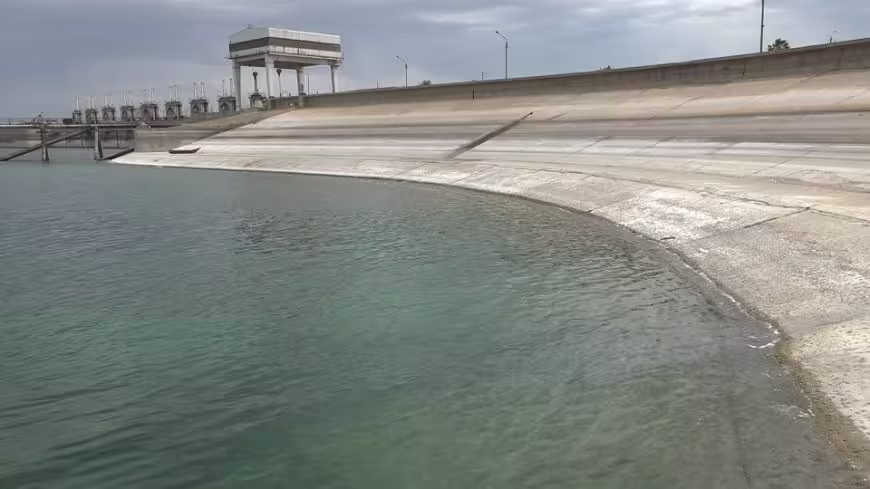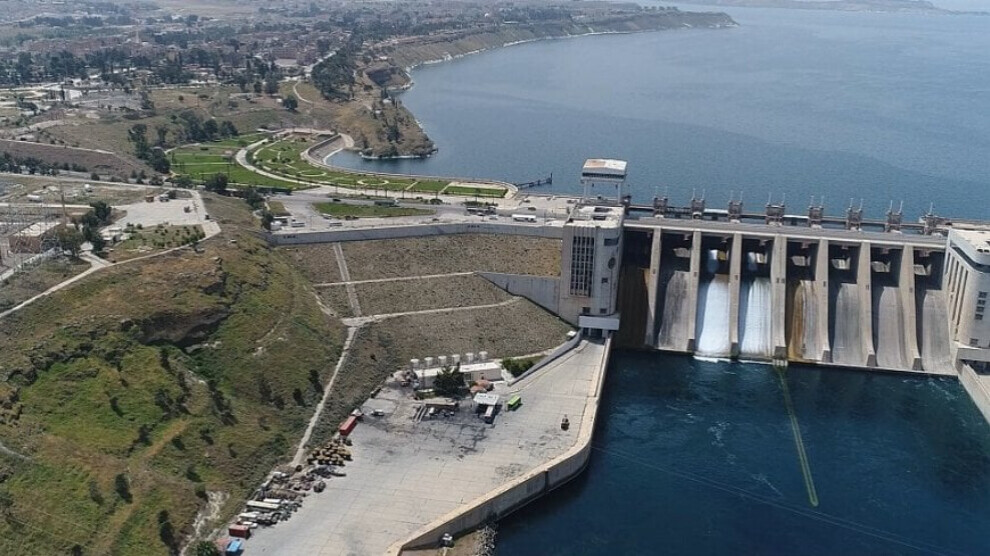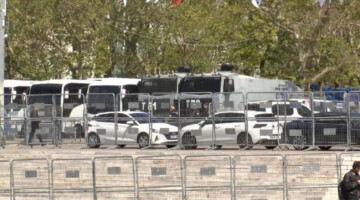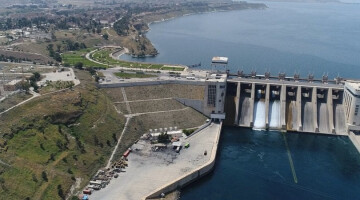The drastic drop in the water level in the Tishrin Dam has triggered an acute crisis in northern and eastern Syria. According to experts, the structure is only one meter away from complete collapse—with far-reaching consequences for electricity supply, agriculture, the environment, and public health.
Imad Ubeyd, a senior administrator of the Dam Authority of the Democratic Autonomous Administration of North and East Syria (DAANES), warned that the situation has reached a critical threshold. Water shortages threaten the entire supply infrastructure of the region – from electricity to drinking water. Power outages are already frequent, while stagnant water increases the risk of waterborne diseases.
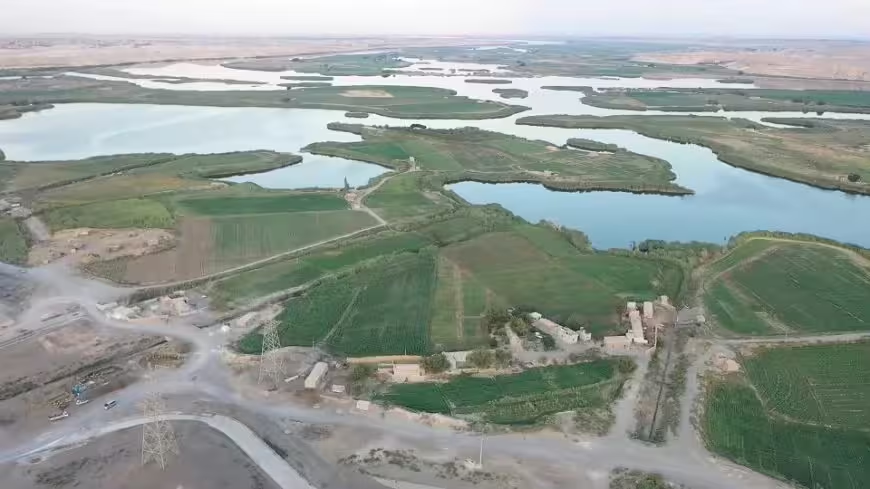
International agreements not honored
The autonomous authorities cite insufficient water supplies from Turkey as the main cause. Under a bilateral agreement dating from 1987, Ankara is obliged to supply at least 500 cubic meters of water per second to Syria via the Euphrates. According to Ubeyd, however, only around 250 cubic meters per second are currently reaching Syria – half the agreed amount.
In addition, the Tishrin Dam has been severely damaged by military attacks by the Turkish army and its jihadist proxy forces, the SNA, in the region. As a result, the supply situation has deteriorated dramatically. The drop in the water level has already led to the loss of around four billion cubic meters of actively usable water volume—out of a total capacity of 14 billion cubic meters.
The current level is about six meters below the maximum, which is 304 meters above sea level. According to experts, if the water level drops by just one more meter, the dam could lose its function completely—a scenario that would bring electricity production to an abrupt halt.
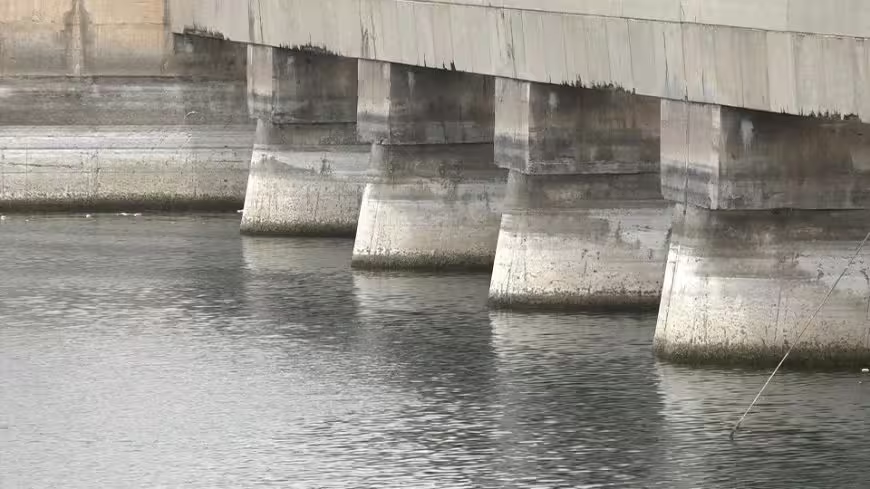
Emergency measures in place – electricity rationing already a reality
In view of the precarious situation, the local government has taken measures to reduce energy consumption. Electricity is currently being distributed at intervals: public institutions receive electricity from 11 a.m. to 11 p.m., while private households are only supplied from 2 p.m. onwards.
Of the 250 cubic meters of water per second that currently reach the lake, a significant portion cannot be used effectively. According to Ubeyd, around 80 cubic meters are lost through evaporation. Another 70 cubic meters are extracted via two turbines for drinking water and agricultural supply to the city of Aleppo. In addition, around 80 cubic meters flow into an important irrigation canal every day and over 350 cubic meters continue on toward Iraq.
